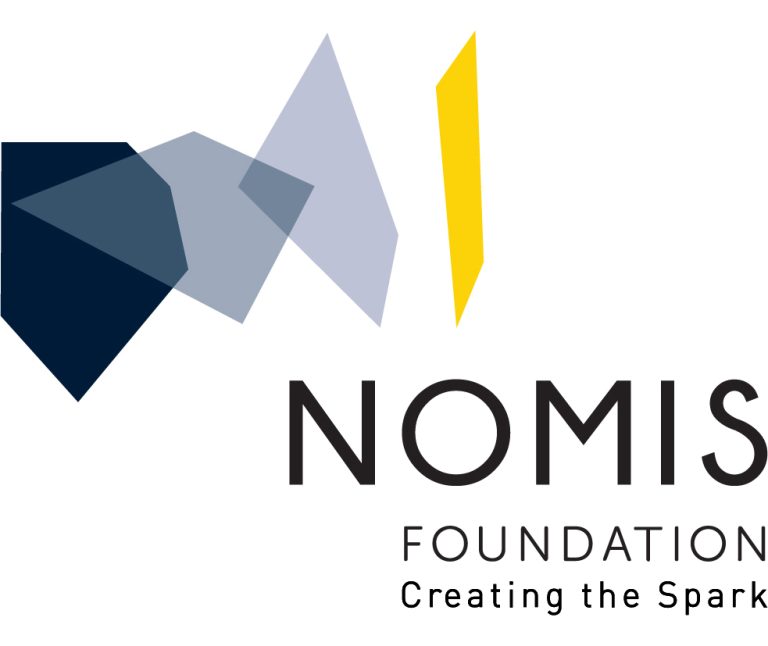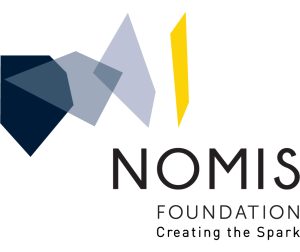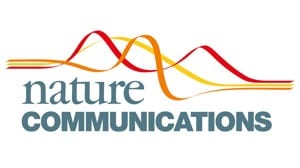Age is, by far, the greatest risk factor for Alzheimer’s disease (AD) , yet few A Ddrug candidateshave been generated that target pathways specifically associated with the aging process itself. Two ubiquitous features of the aging brain are the intracellular accumulation of aggregated proteins and inflammation. As intraneuronal amyloid protein is detected before markers of inflammation, we argue that old, age-associated, aggregated proteins in neurons can induce inflammation, resulting inmultiple forms of brain toxicities. The consequence is the increased risk of old, age-associated, neurodegenerative diseases. As most of these diseases are associated with the accumulation of aggregated proteins, it is possible that any therapeutic that reduces intracellular protein aggregation will benefit all. – Currais, A., Fischer, W., Maher, P., Schubert, D. Intraneuronal protein aggregation as a trigger for inflammation and neurodegeneration in the aging brain.














